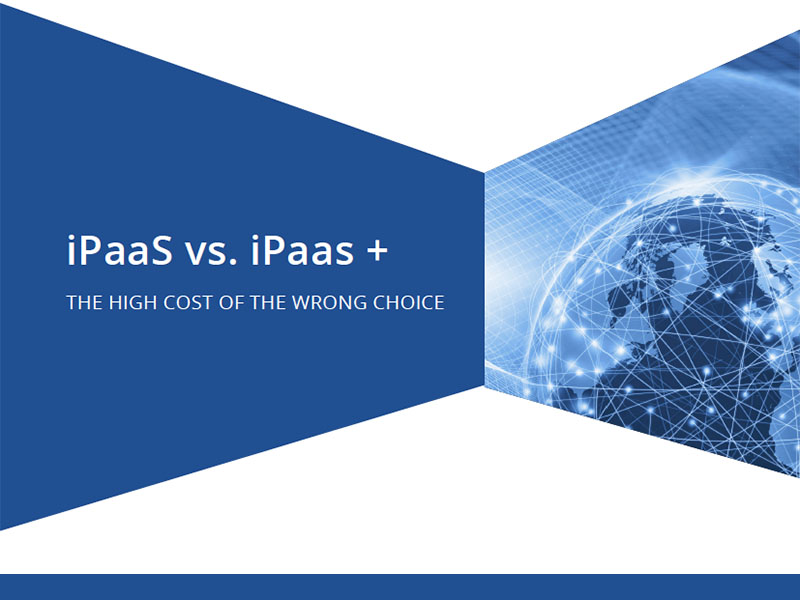Data quality isn't just a technical issue: It impacts an organization's compliance, operational efficiency, and customer satisfaction.
A discussion on Generative AI: Join industry experts as they talk about how GenAI has transformed the software development space.

Technology disruptions in the marketplace are compelling many enterprises to rethink their integration strategies. Legacy do-it-yourself integration tools such as ESBs and other on-premises middleware are proving too unwieldy and resource intensive to keep pace with the high demands—and even higher expectations—of today’s data landscape.
As enterprises turn to integration vendors for answers, iPaaS (Integration Platform as a Service) is one emerging approach that has gained some traction as a way to supplement the weaknesses of these legacy solutions. But don’t look to standard iPaaS as a sustainable integration solution for the future. At its essence, standard iPaaS has the same shortcomings as the on-premises middleware models it is extending: it requires organizations to develop and manage their own integrations at a time when they are growing exponentially more numerous and complex.